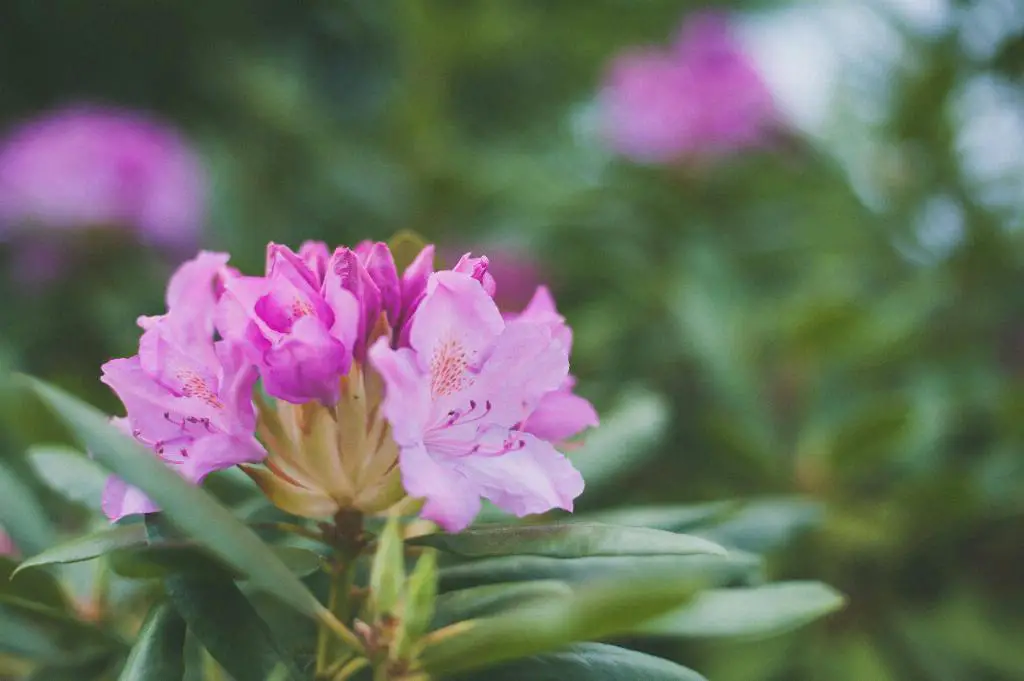One of the most common reasons why your azalea leaves may be turning brown is due to inadequate watering. Azaleas and rhododendrons thrive in moist soil, especially during hot weather when rain is scarce. If your plants are not receiving enough water, their leaves can start to turn brown as a sign of distress.
To remedy this issue, it is recommended to water your azaleas deeply and consistently. A good practice is to let a hose drip gently at the base of each plant for a few hours in the morning at least twice a week, and even more frequently if the plants are exposed to direct sunlight and heat during the day.
In addition to watering, another factor that can contribute to your azalea leaves turning brown is improper soil pH. Azaleas prefer acidic soil with a pH level between 4.5 and 6.0. If the soil is too alkaline, the plant may struggle to absorb nutrients properly, leading to browning of the leaves.
To address this issue, consider testing the pH of your soil and amending it with organic matter or sulfur-based products to lower the pH if necessary. This can help create a more suitable environment for your azaleas to thrive and maintain their vibrant green foliage.
Furthermore, insufficient sunlight or excessive exposure to direct sunlight can also cause azalea leaves to turn brown. Azaleas prefer partial shade or dappled sunlight, so if your plants are located in an area with too much sun, they may experience leaf scorching and browning.
Consider relocating your azaleas to a spot with more shade or providing some form of sun protection during the hottest parts of the day to prevent further browning of the leaves. This simple adjustment can make a significant difference in the overall health of your plants.
Pests and diseases can also be culprits behind browning azalea leaves. Common pests like lace bugs and spider mites can cause damage to the foliage, leading to discoloration and browning. Additionally, fungal diseases such as powdery mildew or leaf spot can affect the health of your plants.
To combat pest infestations, use appropriate insecticidal sprays or treatments to keep these harmful insects at bay. For fungal issues, proper sanitation practices and fungicidal treatments can help prevent the spread of diseases and preserve the beauty of your azaleas.
Improper pruning techniques or neglecting to prune your azaleas can also result in browning leaves. Overgrown or crowded branches can block sunlight and airflow, leading to reduced vitality in the plant and browning of the foliage. Regular pruning is essential to ensure proper growth and health of your azaleas.
When pruning your azaleas, focus on removing dead or damaged branches, as well as thinning out overcrowded areas to promote better air circulation and light penetration. This practice can help rejuvenate your plants and prevent brown leaves from becoming a recurring issue.
Lastly, environmental stressors such as extreme temperatures or drought conditions can contribute to browning of azalea leaves. Sudden changes in weather, prolonged dry spells, or harsh climatic conditions can put undue pressure on your plants, causing them to exhibit signs of stress through leaf discoloration.
To mitigate the impact of environmental stress on your azaleas, provide adequate insulation during extreme cold or heat, and ensure consistent watering during periods of drought. Creating a stable and supportive environment for your plants can help them withstand challenging conditions and maintain their resilience.
In conclusion, the browning of azalea leaves can be attributed to a variety of factors ranging from watering issues to pest infestations and environmental stressors. By identifying the underlying cause of the problem and implementing targeted solutions such as proper watering practices, soil pH adjustments, pest control measures, and regular maintenance, you can effectively address the issue and restore the health and vibrancy of your azaleas.

